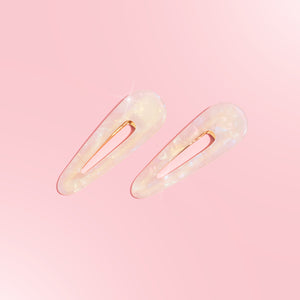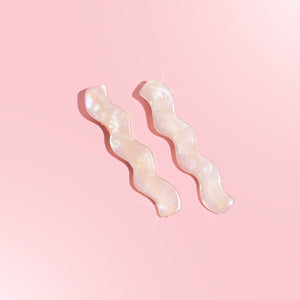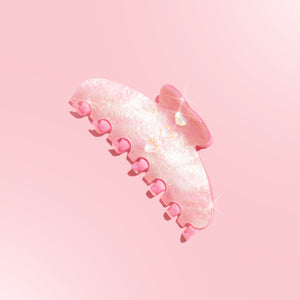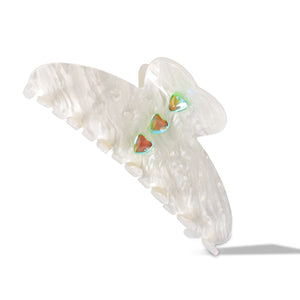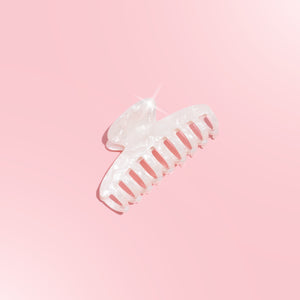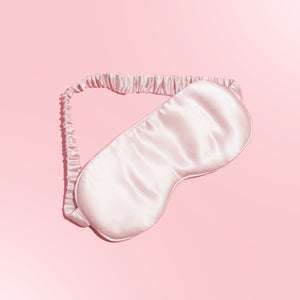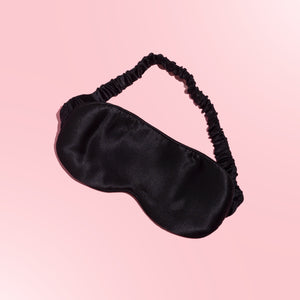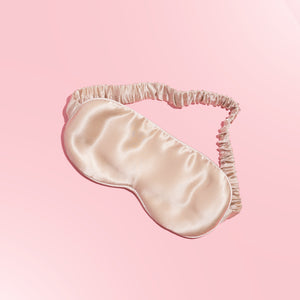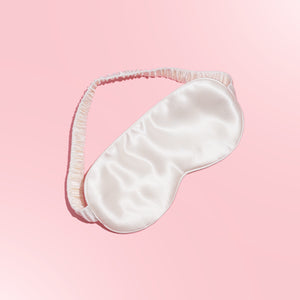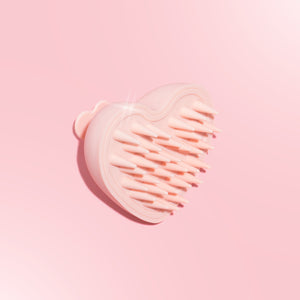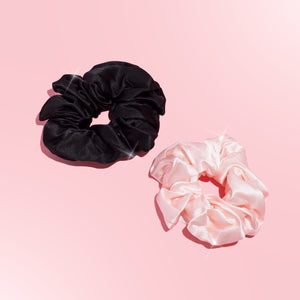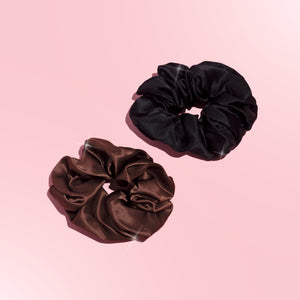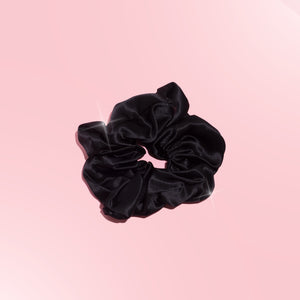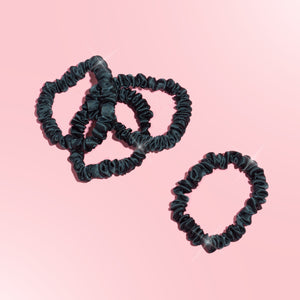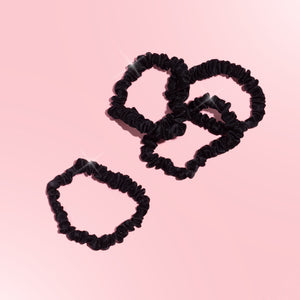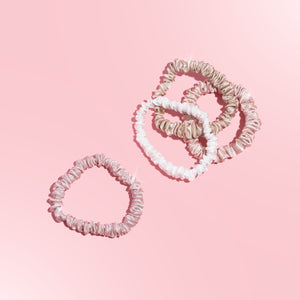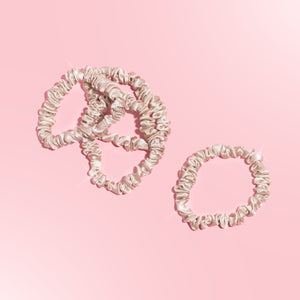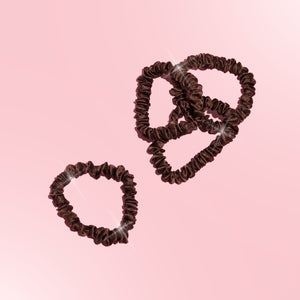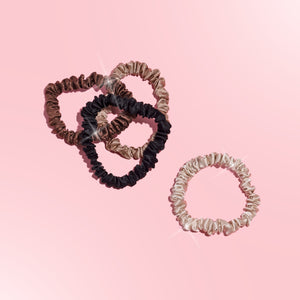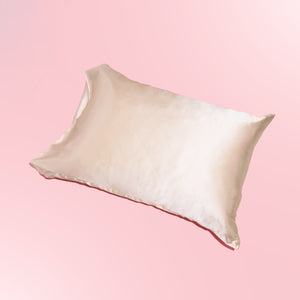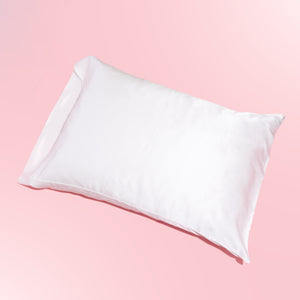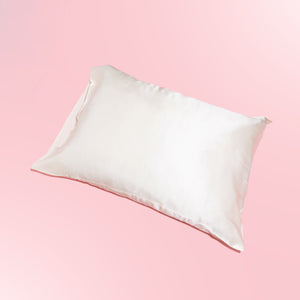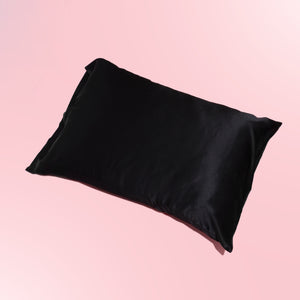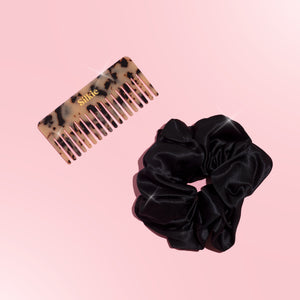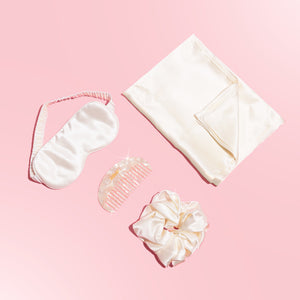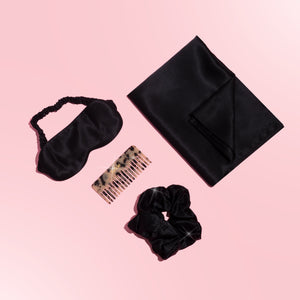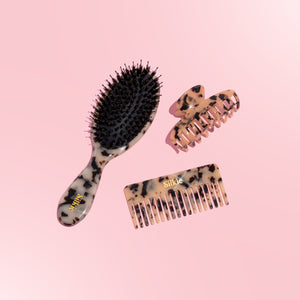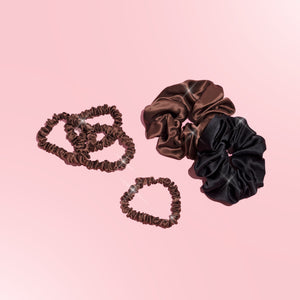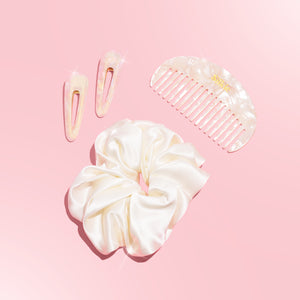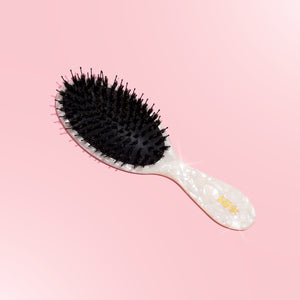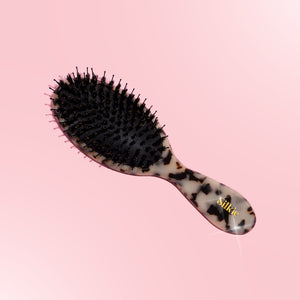Is Your Hair Protein-Deficient or Over-Moisturized? Here’s How to Tell the Difference
Have you ever used a deep conditioner, followed every single haircare step to the letter… and still ended up with limp, uncooperative hair? The issue might not be your products—it might be your hair’s balance.
Hair health depends on the delicate relationship between protein and moisture. When one outweighs the other, your strands can start acting up: breakage, frizz, dryness, or even that gummy, stretched-out feeling that makes detangling a nightmare.
At Silkie, we’re all about helping you decode what your hair actually needs. Understanding the signs of protein deficiency vs. moisture overload is the first step to reviving your routine and protecting your hair’s strength and softness.
Let’s break it down.
Why Protein and Moisture Balance Matters
Think of your hair like a rope.
Protein is the structure—it gives hair strength and resilience.
Moisture is the flexibility—it keeps your hair soft, shiny, and elastic.
Too much moisture, and the rope becomes mushy and breaks easily.
Too much protein, and it becomes stiff, dry, and brittle.
Finding the right balance means you’ll have hair that’s strong and touchably soft—a combination that silk pillowcases and boar bristle brushes from Silkie are designed to help maintain.
Signs of Protein-Deficient Hair
Hair lacking protein is often too soft, overly stretchy, and lacks structure. Here's how to spot it:
-
Hair feels gummy or mushy when wet
-
Excessive stretching before snapping
-
Flat, lifeless strands that won’t hold a style
-
Unusual breakage even when hair feels hydrated
-
Lack of volume and elasticity
If this sounds familiar, your hair might be craving some protein-rich TLC.
Signs of Over-Moisturized Hair
Yes, too much moisture is a thing. When your hair absorbs more water than it can hold, the protein structures start to break down.
Watch out for:
-
Hair that feels overly soft but breaks easily
-
A spongy, limp texture
-
Loss of curl pattern or shape
-
Frizz despite constant conditioning
-
Lack of bounce or movement
If your hair feels heavy or lifeless no matter how much you condition, you could be overdoing it on the hydration side.
How to Rebalance Your Hair
1. Protein-Deficient? Add Strength
Look for treatments that include:
-
Hydrolyzed keratin
-
Silk protein
-
Wheat protein
-
Rice protein
Apply protein masks or leave-ins weekly—but not daily. Overdoing it can flip the problem in the other direction. Follow up with a light moisturizing conditioner to maintain balance.
2. Over-Moisturized? Restore Structure
Cut back on heavy, creamy conditioners and co-washing for a bit.
Introduce lightweight, strengthening products and increase the time between wash days.
In both cases, sleep on a Silkie silk pillowcase. It protects your strands while minimizing friction, so you retain whatever strength or softness you're building into your routine.
Explore Silkie’s silk pillowcases and brushes made with gentle boar bristles to support your hair’s recovery while you rest.
The Elasticity Test: A Quick At-Home Trick
Here’s how to tell where your hair stands:
-
Take a wet strand of hair.
-
Gently stretch it.
If it stretches a lot and snaps → you may be over-moisturized.
If it barely stretches and snaps → you may need protein.
If it stretches slightly and bounces back → you're balanced!
Simple. Powerful. And a great way to check in with your hair every few weeks.
Final Thoughts from Silkie
Your hair speaks. You just need to know how to listen.
Balancing protein and moisture isn’t about perfection—it’s about learning what your hair is craving at any given time. With the right mix of treatments and tools (like our silk scrunchies that don’t pull or damage delicate strands), you can keep your routine as adaptable as your hair needs it to be.
Want your hair to feel stronger, softer, and more manageable overnight?
Start with a silk pillowcase that supports moisture retention without disrupting your protein balance.
Browse the full Silkie collection here.
Because beautiful hair starts with balance—and Silkie helps you keep it.


